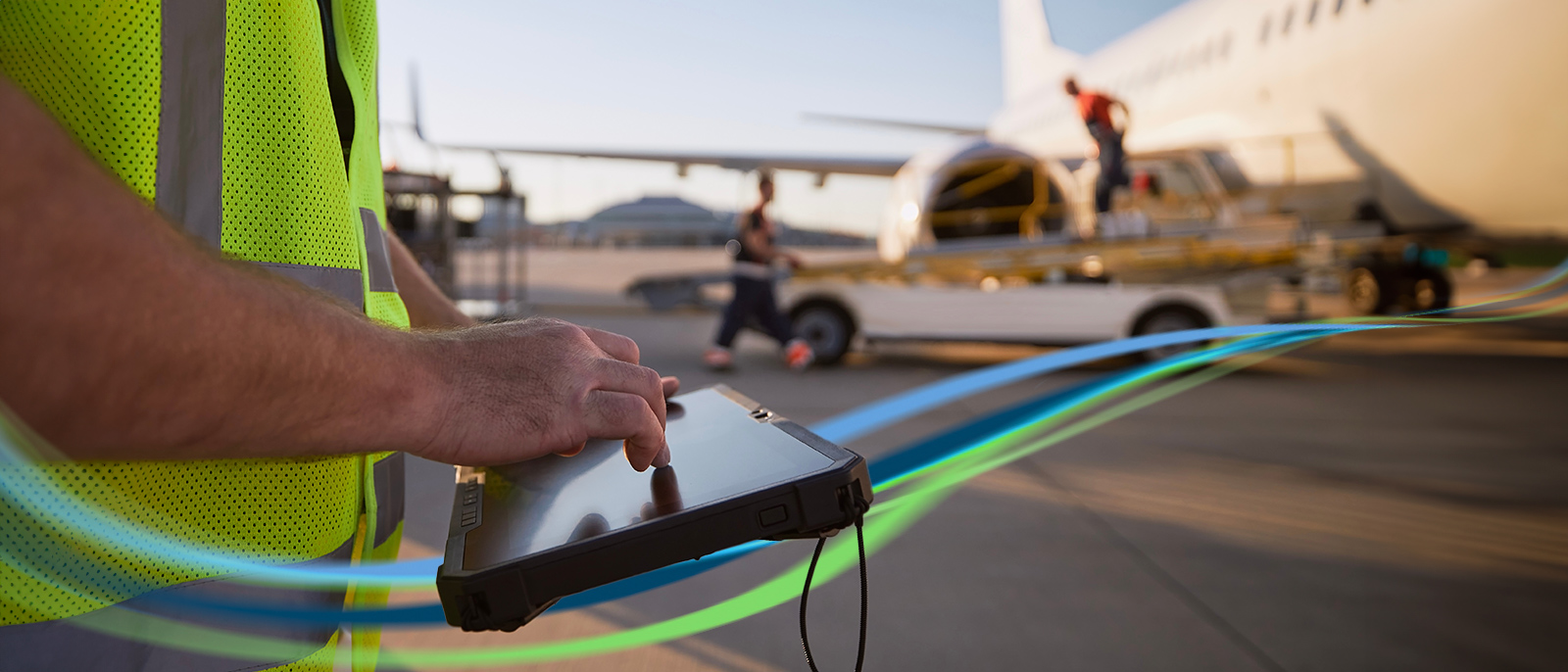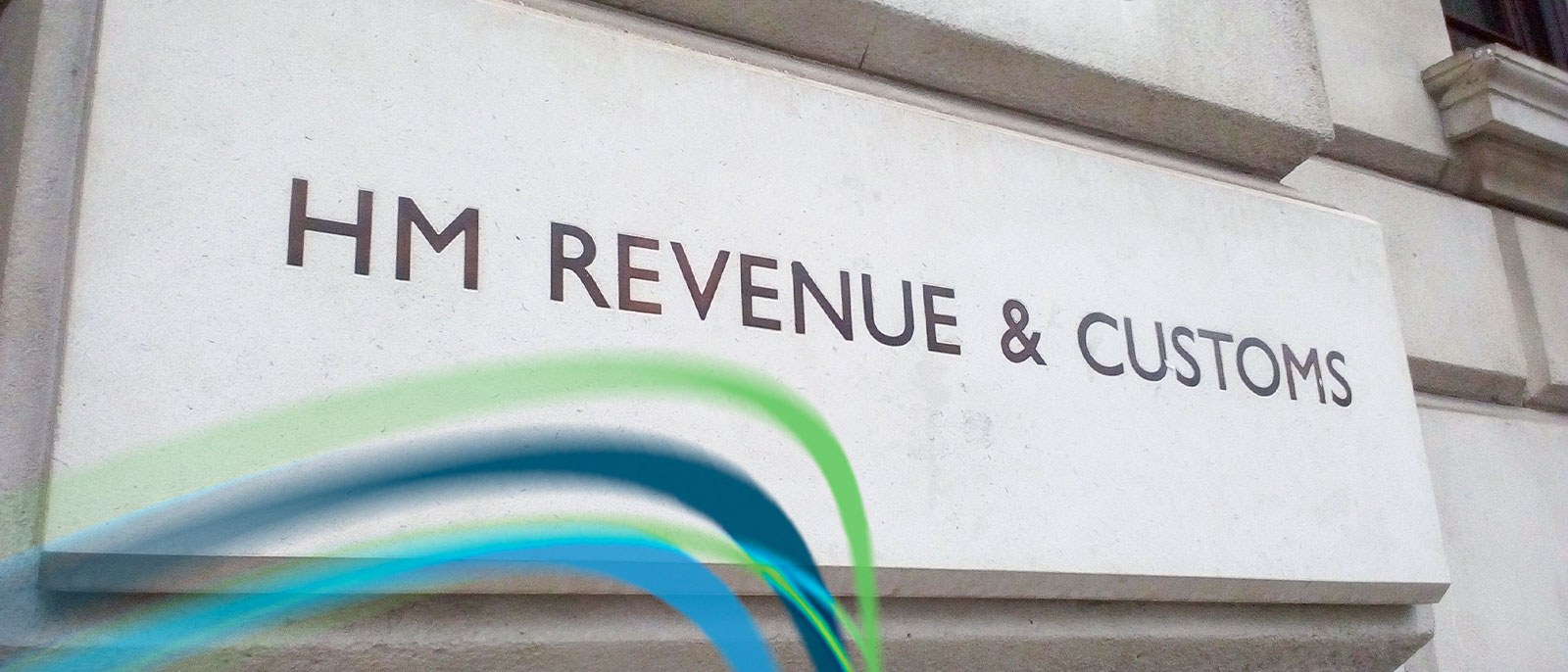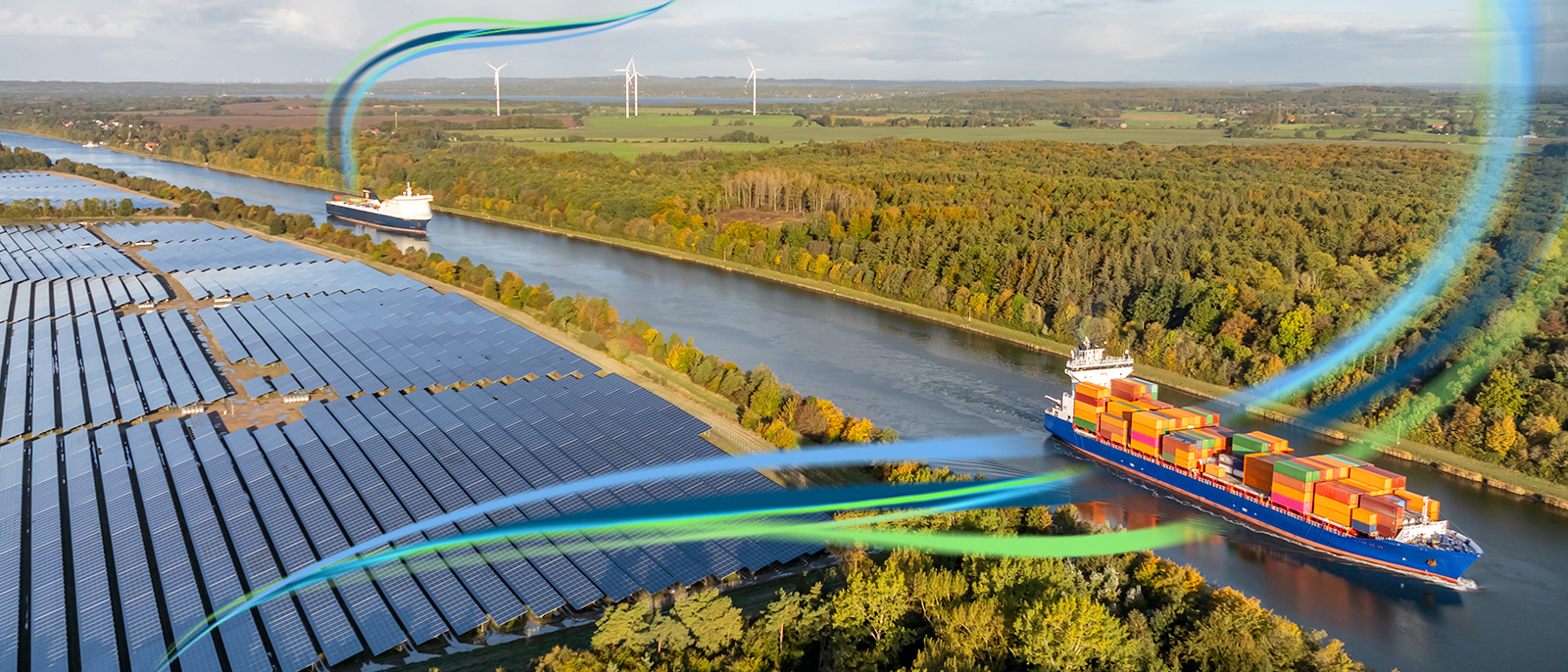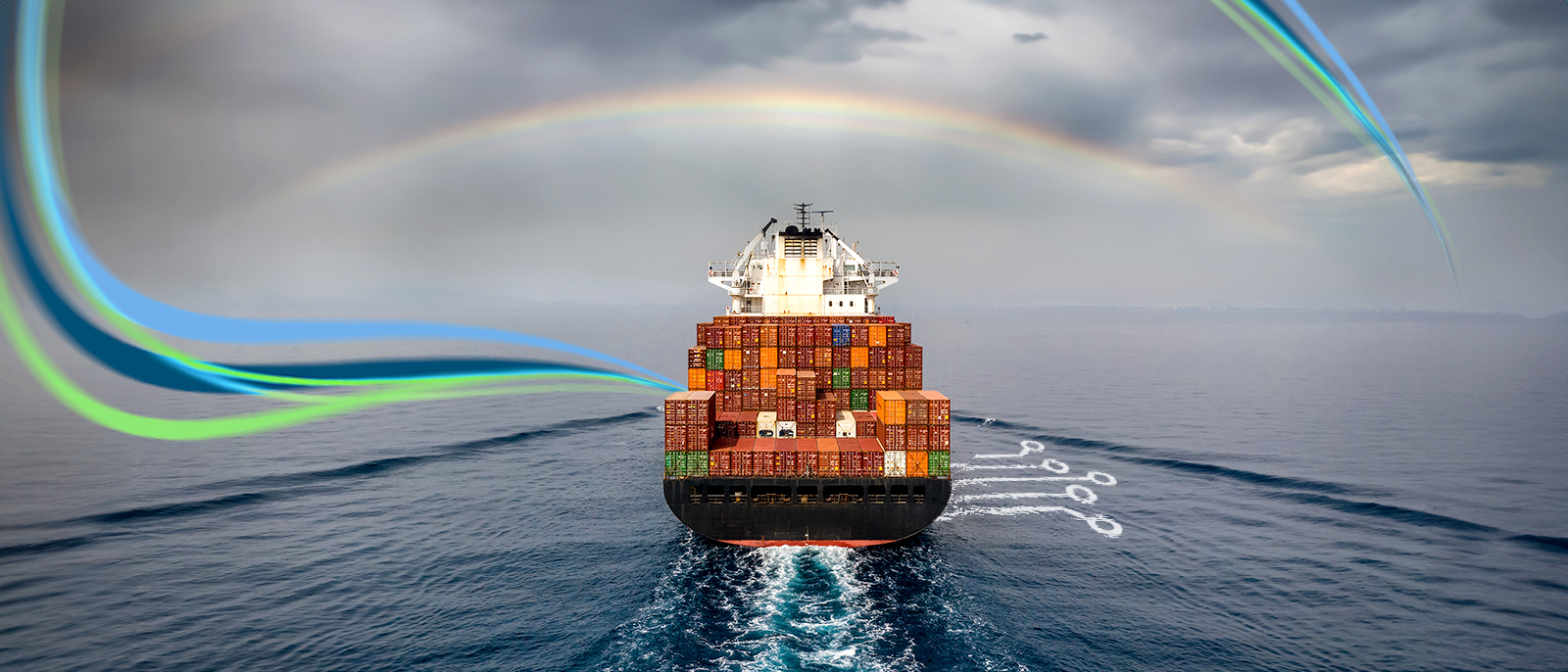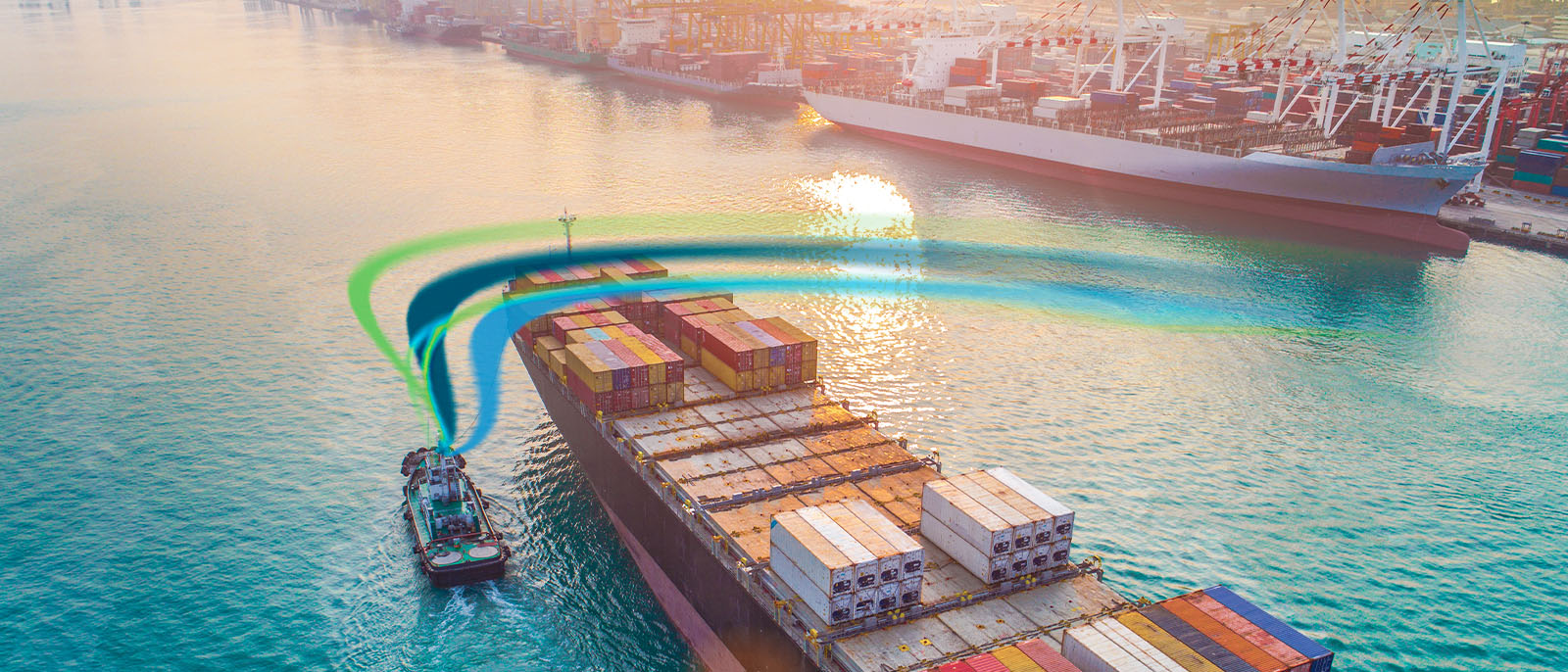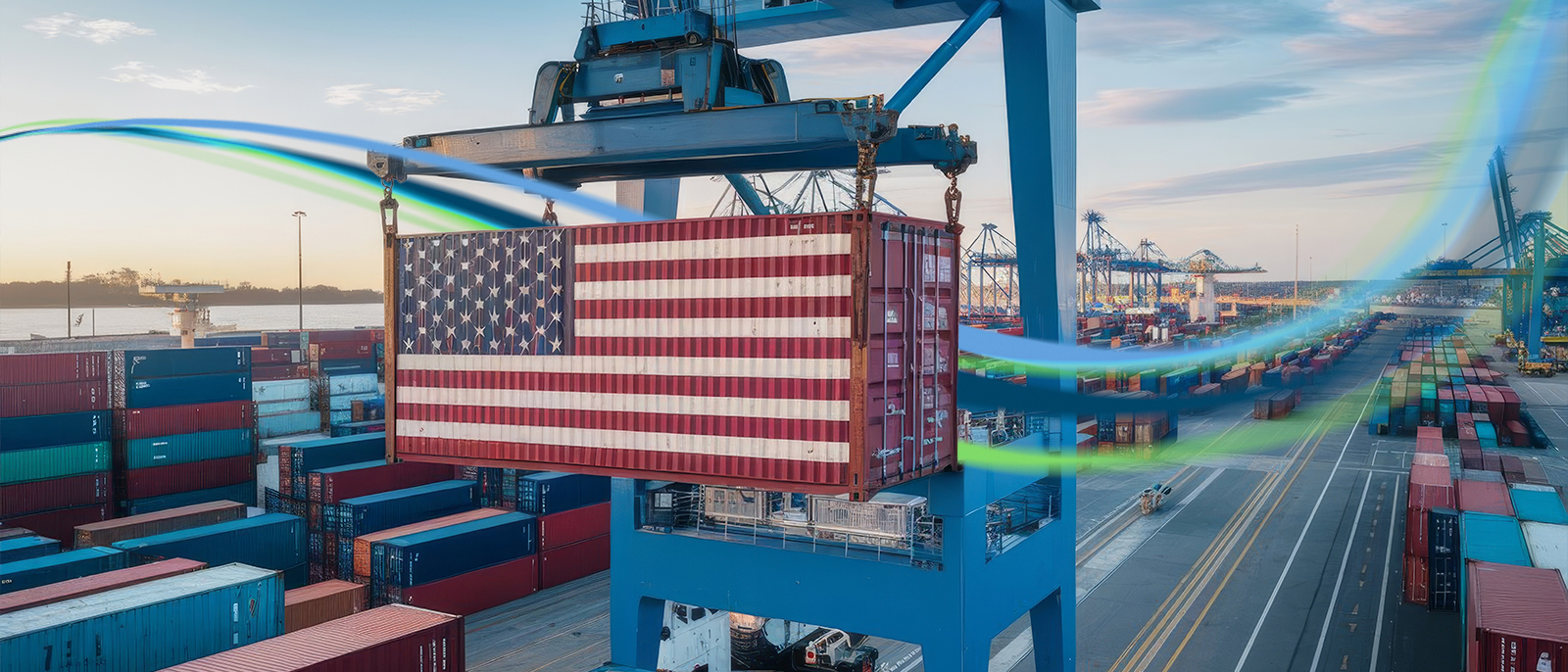
Global trade is undergoing a period of remarkable transformation in 2025. As economies recover from the disruptions of recent years and adapt to evolving geopolitical dynamics, new trade routes and emerging markets are coming to the forefront. These developments present both challenges and opportunities for businesses, policymakers, and investors. The Need for Diversification in Trade…

